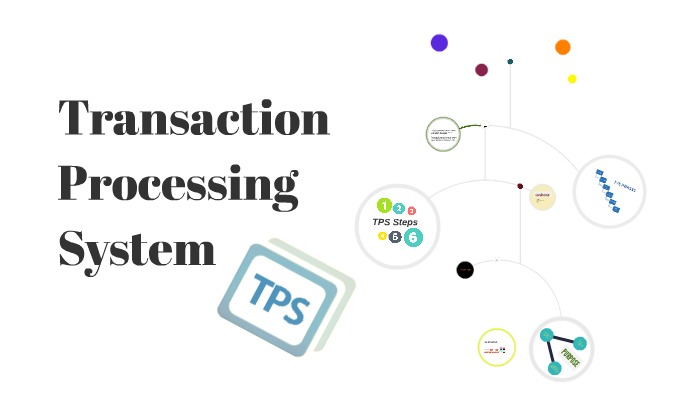Manage workforce planning effectively within your company. A company needs management to regulate their actions to be organized and well-controlled.
What are the benefits of an Information Management System?

• Increasing the efficiency and effectiveness of data accurately and in real-time.
• Facilitating management to plan, supervise, and direct the work system to all departments that have relationships or need coordination.
• Improving the quality of human resources because the work system unit is coordinated and systematic.
• Increasing productivity and cost savings in organizations
Some of you may still not understand the benefits of information management systems. To clarify, here are some examples of how information management systems can help your business:
Enterprise Resource Planning (ERP)
ERP systems are widely used in large companies. However, small-scale companies can still implement ERP systems. ERP is usually used to manage and conduct integrated supervision between units within the company.
Supply Chain Management (SCM)

The SCM system is handy for management because it integrates data such as raw material supply management, from suppliers, producers and retailers to end consumers.
Transaction Processing System (TPS)

TPS is useful for processing large amounts of data or routine transactions. This program is usually applied for salary and inventory management.
Office Automation System (OAS)

This application is useful to facilitate communication between departments by integrating computer servers to every user in the company.
Informatic Management System (IMS)
IMS functions to support the spectrum of tasks in the organization. Besides this, IMS can also be used to help analyze decision making. This system can also integrate several information functions with computerized programs such as e-procurement.
Decision Support System (DSS)

This system helps the managers in making decisions by observing the work environment in the company.
GDSS
GDSS is almost the same as DSS, the difference is that GDSS looks for problem solutions through gathering knowledge in a group, not per individual. Usually, in the form of questionnaires, consultations, and common workplace scenarios. Examples such as e-government.
If you want integrated software for enterprise data management and a centralized, automated system, visit the website https://www.tambla.com.au/. They can help you with scheduling & restoring, time & attendance, Cloud Computing, and much more.
